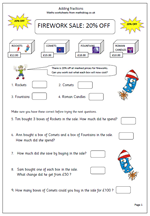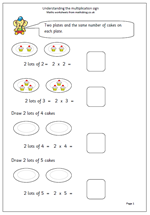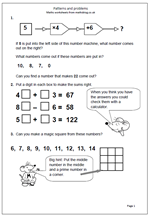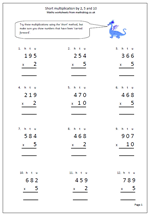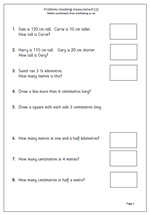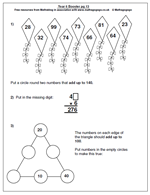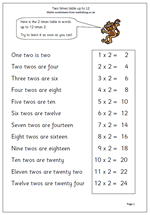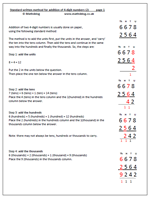 Here is a practice page of adding three 2-digit numbers mentally. This is a really good test of how well children can use their skills and knowledge as there are several different approaches/techniques that can be used.
Here is a practice page of adding three 2-digit numbers mentally. This is a really good test of how well children can use their skills and knowledge as there are several different approaches/techniques that can be used.
These skills include:
1. Because addition can be done in any order it is often easier to start with the largest number.
2. Knowing pairs of teen numbers (e.g. knowing 17 + 17 is 34) will help with a question such as 17 + 15 + 17.
3. Looking for pairs that make a multiple of 10: (e.g. 17 + 13 = 30)
4. Adding the tens before the units and then counting on.
This page can be found in our Year 5 category but there are also a great collection in our Four Rules category.
